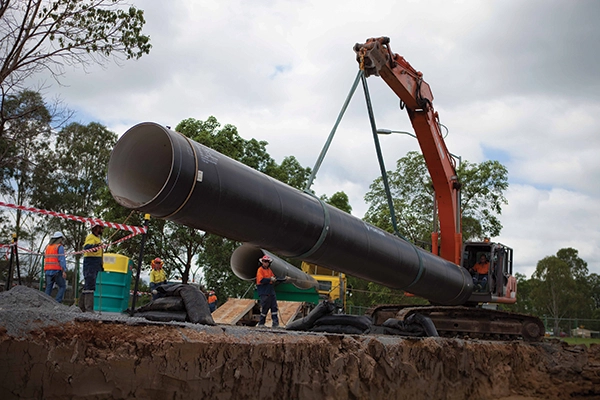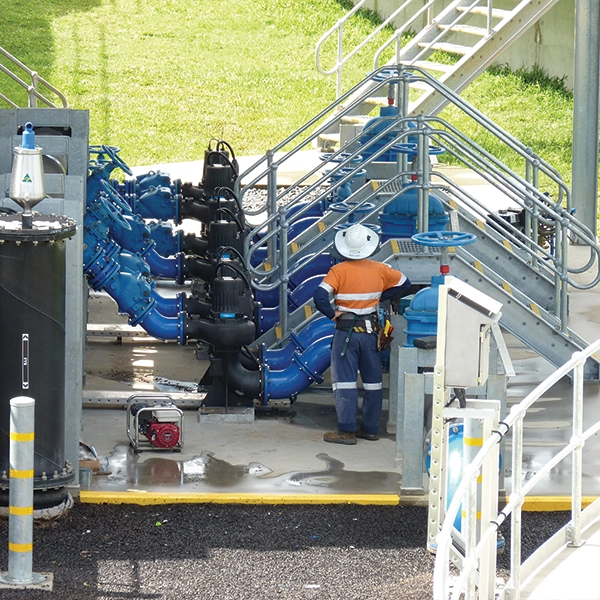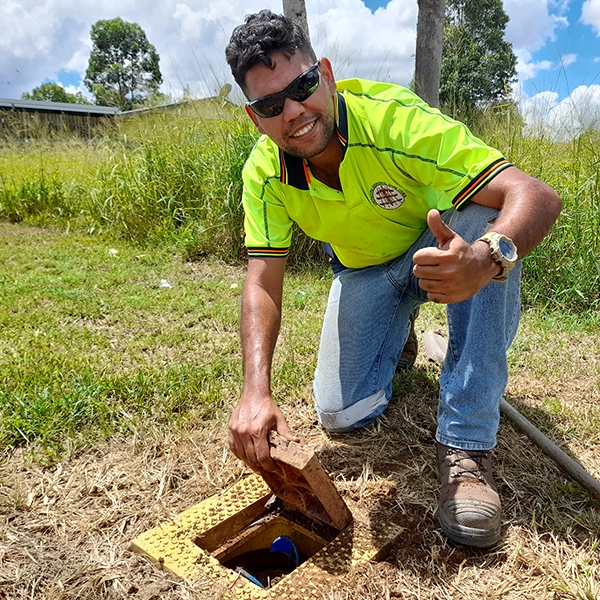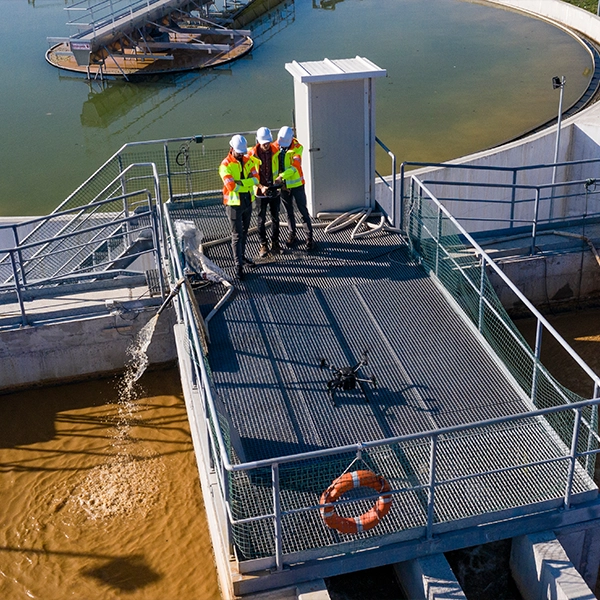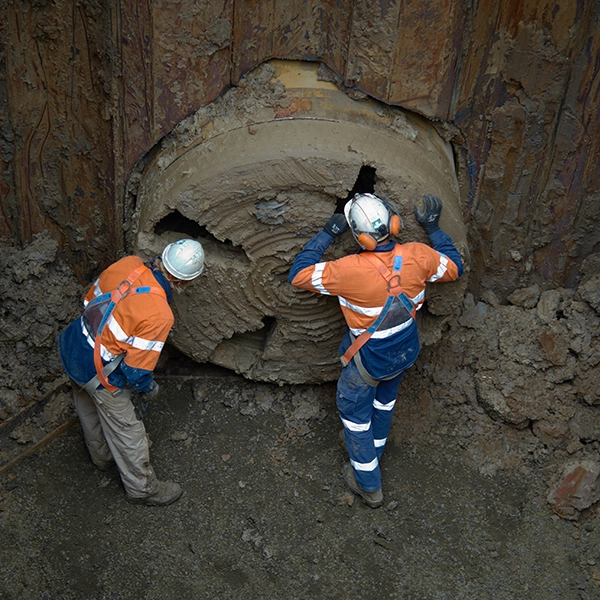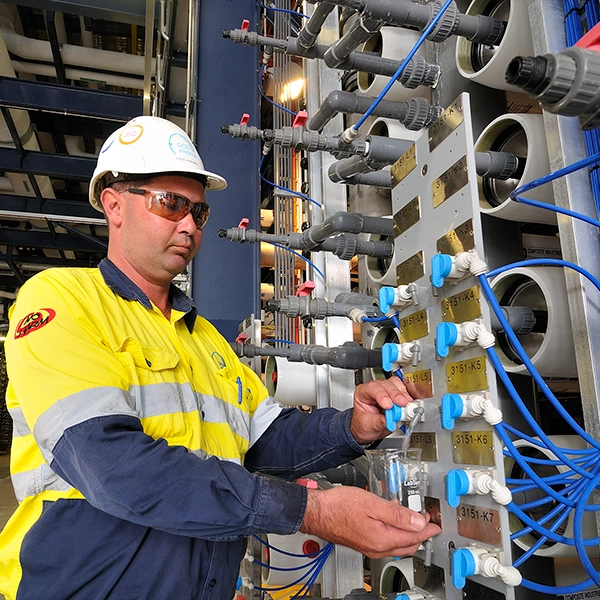QWRAP
QWRAP members include over 60 Councils. There are opportunities to collaborate on alternative / innovative regional arrangements for managing services. Examples of this have included the Regional Water Industry Worker Project, the Joint Training for Certificate III in water Industry Operations and SEQ Study Collaboration Tour projects, and the WBB CCTV Student Project. Possible future projects to aid in the recruitment / retention of water industry employees could include but are not limited to -
Development of marketing collateral to promote the water industry and working for Council as a career of choice.
Job rotations between member organisations to support career pathways
Joint Career / Job Fairs
Shared graduate placements
ADF
The ADF has a strong presence in various locations across Queensland to which its’ members may be posted. Many members have partners who re-locate and may be seeking employment. An opportunity exists to establish relationships with a local ADF presence given the strong support they provide to partners to assist them in assimilating into their new community. Initiatives such as orientation programs for partners may allow employers to meet potential applicants and showcase job / career opportunities.
Mining
The mining resource sector also has a strong presence in various Queensland locations. Many employees may have brought their partners who may also be seeking employment. Consider establishing relationships with the local mining presence to promote job opportunities in your organisation. If this is not possible, consider ways of promoting the job opportunities to the broader community.
Visa Holders
Employing non-permanent residents / non-citizens is an option so long as the individual has an appropriate visa that permits employment whilst in Australia. This is generally a lower risk, less costly and less complicated approach to sponsoring an individual to a nominated position. Individual organisations will likely have clear policies regarding employment of non-permanent residents / non-citizens that will need to be adhered to.
Sponsorship
Sponsorship can be costly ($10 000 - $20 000 / employee) and may introduce a degree of risk (the sponsored employee is generally ‘tied’ to the employer for the duration of the visa regardless of performance issues), this approach can certainly fill much needed skills shortages gaps. There are three (3) employer sponsored visa options:
- Temporary Skills Shortage Visa – Subclass 482 which allows a maximum stay of four (4) years. The processing time is between 8 – 70 days. This visa allows for the possibility of transferring over to a permanent visa (subclass 186) through the Temporary Resident Transition Stream after two (2) years. This option ties the individual (the Applicant) to the employer (the Sponsor) and is a good option if the position needs to be filled urgently and the Applicant is offshore or in Australia on a visa with work restrictions. It is possible to transfer sponsorship to another employer, however this is costly. The subclass 482 may be an option employers may wish to consider as a retention strategy.
- Skilled Employer Regional Sponsored (Provisional) Visa – Subclass 494 allows a stay of five (5) years for those Applicants sponsored to work in regional areas. Processing time can take between 5 - 16 months. This visa allows for the possibility of transferring to a permanent visa (subclass 191) after three (3) years. This option ties the Applicant to the Sponsor and is another option for employers seeking to retain staff as the Applicant cannot be considered for a permanent visa through the SkillSelect program for the first three (3) years.
- Employer Nomination Scheme – Subclass 186 which is a permanent visa allowing an Applicant to remain in Australia indefinitely. Processing time can take between 3 – 13 months and the Applicant is expected to work for the Sponsor for at least two (2) years although this can be difficult to enforce. This is unlikely to be a suitable option for filling a role urgently where the Applicant is offshore or in Australia on a visa with work restrictions. It is an expensive process and there is no guarantee the Applicant will remain with the employer for an extended period.
- Shared graduate placements
Whilst the steps involved for each option vary to a degree, common features include:
- Stage 1 – Sponsorship Application: the employer needs to become an approved sponsor.
- Stage 2 - Nomination Application: the employer nominates the Applicant to work in a skilled occupation. There is the need to demonstrate a genuine need for the position (e.g., labour shortages, current work demand) and that there is a genuine skills shortage in the region. The Applicant must be offered a contract for the life of the visa with a minimum salary of $70 000 plus superannuation (based on 38 hours / week). It must also be demonstrated that the Terms and Conditions of employment are equivalent to an Australian employee performing in the same role.
- Stage 3 – Visa Application: the Applicant needs to meet specific criteria including having the appropriate skills for the nominated position, possessing competent English, have 2- 3 years relevant work experience and pass health / character checks.
The current approximate cost to an employer for sponsoring an individual is $10 000 if no lawyer or migration agent is used. Costs can be approximately $20 000 if a lawyer or migration agent is used however may be an effective use of resources given these services familiarity with the required steps. This cost cannot be recovered from the employee.
Please note that where an applicant is over the age of 50 years of age when the visa is awarded, Australian Government regulations may not permit visa extensions.
The Department of Employment and Workplace Relations has information on Hiring overseas workers / migrants.
Migration Queensland is a useful website with resources for working in Queensland.
Trade and Investment Queensland includes resources on attracting workers to Queensland.
